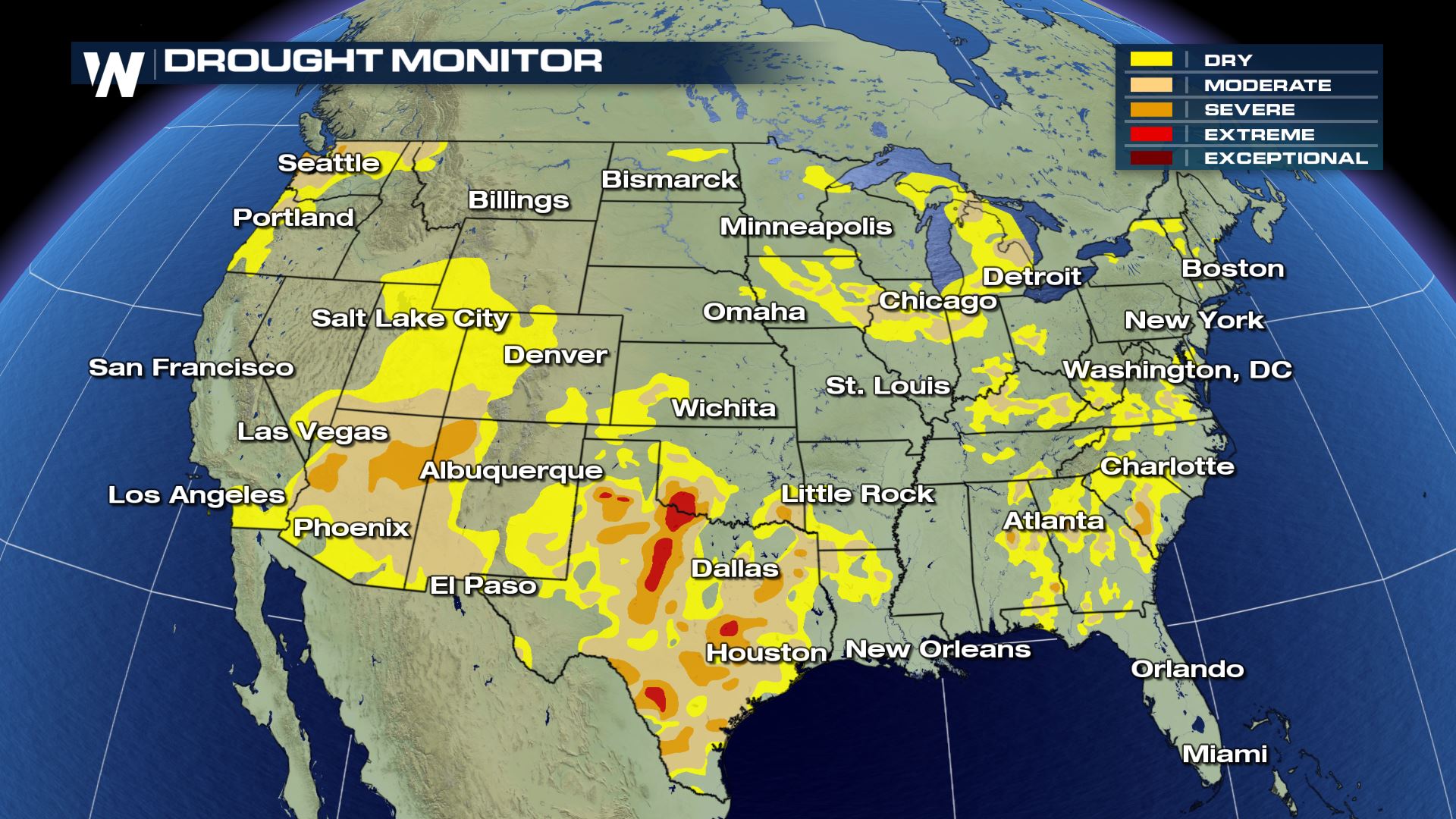Why Fall Leaves Change Color
Special Stories
14 Sep 2019 10:36 PM
There are many signs trees pick up on in order to begin the process to preserve nutrients for winter. As days get shorter, the leaves will start to change in relation to the weather happening around them. Trees will stop producing chlorophyll and as this happens, carotenoids are left behind making the tree leaves turn yellow or orange in some species.
The leaves with anthocycanis cause them to change to red or purple as the chlorophyll recedes and can be affected by the conditions the tree underwent in the spring along with the weather happening during the fall.

 If there is prolonged heat in the fall, then the leaves will hold off changing as the natural cycle becomes confused. The delay can also happen if drought is moderate with the strong heat.
On the other hand, if there is Severe drought during the spring when the trees start growing then this can lead to leaves changing sooner than usual. Sometimes the dry conditions can also cause leaves to just brown and fall without really changing colors.
If there is prolonged heat in the fall, then the leaves will hold off changing as the natural cycle becomes confused. The delay can also happen if drought is moderate with the strong heat.
On the other hand, if there is Severe drought during the spring when the trees start growing then this can lead to leaves changing sooner than usual. Sometimes the dry conditions can also cause leaves to just brown and fall without really changing colors.
 The prime conditions for leaves to change to their most vibrant include passing cold fronts which bring rainy weather followed by dry days. The dry sunny days should then have cool nights with temperatures above freezing. This will indicate to the tree is start to go into its hibernation mode.
https://youtu.be/Bt8ZR-NvXhA
If you're heading out to take in the beautiful fall foliage and views, share your photos or videos with WeatherNation on social media! Share your best foliage video with us on social media. Find @WeatherNation on Facebook, Instagram, or Twitter to share- we might even use them on air! (Read WeatherNation Terms of Service)
The prime conditions for leaves to change to their most vibrant include passing cold fronts which bring rainy weather followed by dry days. The dry sunny days should then have cool nights with temperatures above freezing. This will indicate to the tree is start to go into its hibernation mode.
https://youtu.be/Bt8ZR-NvXhA
If you're heading out to take in the beautiful fall foliage and views, share your photos or videos with WeatherNation on social media! Share your best foliage video with us on social media. Find @WeatherNation on Facebook, Instagram, or Twitter to share- we might even use them on air! (Read WeatherNation Terms of Service)

 If there is prolonged heat in the fall, then the leaves will hold off changing as the natural cycle becomes confused. The delay can also happen if drought is moderate with the strong heat.
On the other hand, if there is Severe drought during the spring when the trees start growing then this can lead to leaves changing sooner than usual. Sometimes the dry conditions can also cause leaves to just brown and fall without really changing colors.
If there is prolonged heat in the fall, then the leaves will hold off changing as the natural cycle becomes confused. The delay can also happen if drought is moderate with the strong heat.
On the other hand, if there is Severe drought during the spring when the trees start growing then this can lead to leaves changing sooner than usual. Sometimes the dry conditions can also cause leaves to just brown and fall without really changing colors.
 The prime conditions for leaves to change to their most vibrant include passing cold fronts which bring rainy weather followed by dry days. The dry sunny days should then have cool nights with temperatures above freezing. This will indicate to the tree is start to go into its hibernation mode.
https://youtu.be/Bt8ZR-NvXhA
If you're heading out to take in the beautiful fall foliage and views, share your photos or videos with WeatherNation on social media! Share your best foliage video with us on social media. Find @WeatherNation on Facebook, Instagram, or Twitter to share- we might even use them on air! (Read WeatherNation Terms of Service)
The prime conditions for leaves to change to their most vibrant include passing cold fronts which bring rainy weather followed by dry days. The dry sunny days should then have cool nights with temperatures above freezing. This will indicate to the tree is start to go into its hibernation mode.
https://youtu.be/Bt8ZR-NvXhA
If you're heading out to take in the beautiful fall foliage and views, share your photos or videos with WeatherNation on social media! Share your best foliage video with us on social media. Find @WeatherNation on Facebook, Instagram, or Twitter to share- we might even use them on air! (Read WeatherNation Terms of Service)
All Weather News
More